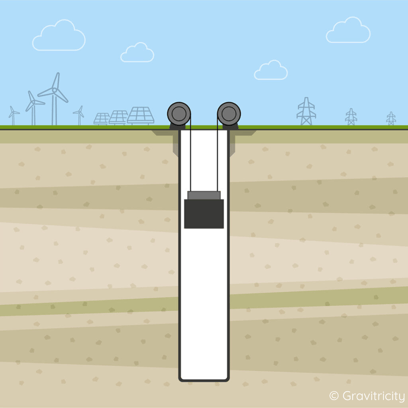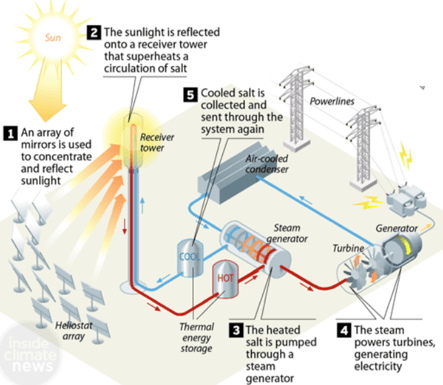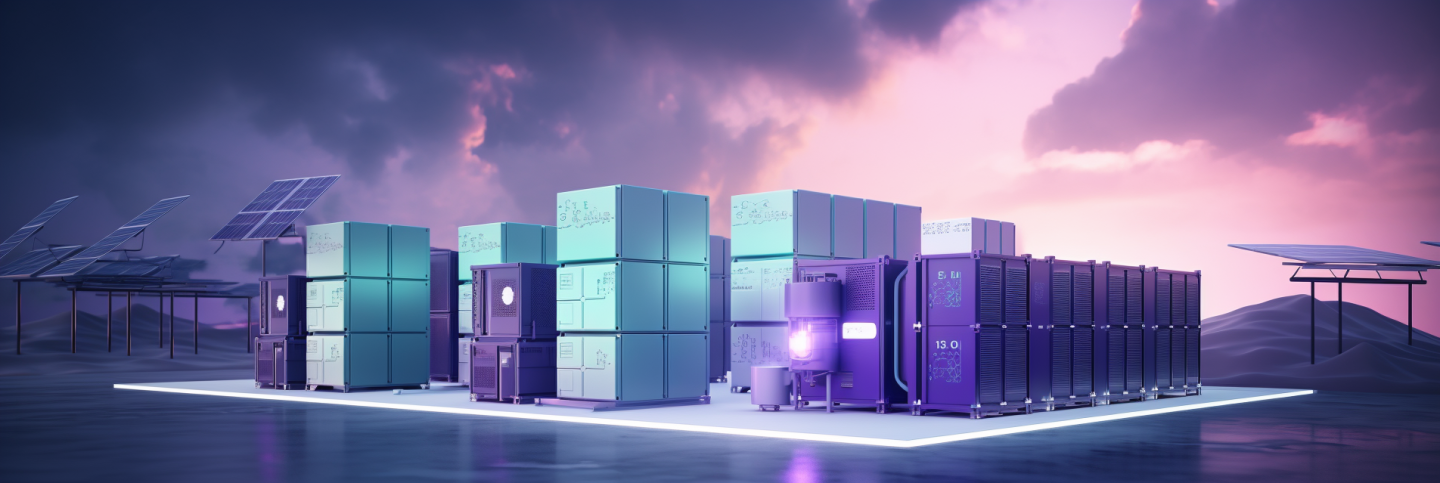What is the most promising battery technology?
Battery storage is often talked about as a collective concept, but in reality, there are many different technologies, methodologies, and purposes that make up this future-oriented ecosystem of energy circulation. What they all have in common is an indispensable value for the progression of the energy transition. So, from a technical perspective, what are we really talking about when we talk about batteries or battery storage? Read on to learn about relevant BESS technologies, their characteristics, and their benefits.
Lithium-ion batteries
The most common storage type
Due to their high energy density and long life cycle, lithium-ion batteries are popular storage systems. On the downside, they exhibit an inherent hypersensitivity to heat, which makes them prone to faster degradation if not accounted for in the marketing plan. Currently, sodium-ion batteries are being developed as a greener and more affordable alternative to lithium-ion.
Second-life batteries
Giving batteries another chance
Second-life batteries are assets that have retired from their original function to fulfill a new one. For example, a battery from an electric vehicle can be repurposed for stationary applications. The recycling aspect makes them especially attractive for the creation of a greener energy system as it results in a significant reduction of both costs and emissions. According to STABL, one of the leading providers of power conversion technology for batteries, there are massive growth opportunities for innovators in this field as currently only 50% of all lithium-ion batteries being reused. The recyclability of a battery must be considered from three levels: pack, module and cell. This ensures reliable longevity.
Gravity batteries
Powering up with gravitational force
Gravity batteries are versatile, fast-response energy systems with a long shelf life. They can be employed in above-ground or underground facilities, depending on the technology and site conditions. The idea is to use gravitational force to store and release energy in setups involving changes in elevation for heavy objects or pumped water.

Image source: Gravitricity
Flow batteries
The electrochemical storage option
Flow battery systems such as vanadium redox store energy in liquid electrolytes before distributing them across electrochemical cells to produce electricity. The batteries feature two separate tanks, one for positive and one for negative electrolytes. These electrolytes are channeled through electrochemical cell tissue, evoking a chemical reaction that generates electrical power. The charged electrolytes are stored in bespoke tanks and released for energy when needed. Flow batteries come with several advantages including substantial storage space, a long life cycle, stretchable capacity and degradation-resistant performance.
Thermal batteries
Capturing solar to decarbonize heat
Accounting for 50% of the total global energy consumption, heat is one of the greatest environmental threats we face. Half of that again can be traced back to industrial processes, a study by thermal battery producer Kyoto shows. Concerningly, almost 90% of all heat is still produced using fossil and non-renewable fuel sources, which in turn cause 40% of global CO2 emissions. Thermal batteries are the answer to lowering the carbon output of industrial heat. A proven thermal storage process applied in the solar power sector for decades involves tower installations that collect and concentrate sunlight from mirror or heliostat reflections to heat storage mediums such as molten salt, concrete and phase-change material circulated in separate tanks. When energy is needed, the thermal battery can be discharged to generate steam, produce electricity and provide heating or cooling.

Image source: Inside Climate News
Quick and slow reserve
These two storage types were designed to deliver on differing functionalities and response times in power grid management. As the name suggests, quick reserve systems react rapidly to changes in supply and demand to uphold grid balance by releasing and absorbing power as needed. The grid relies on short-term support, especially during periods of high electricity demand. Slow reserve batteries, on the other hand, act as a power backup for prolonged periods of time. They are vital in the event of an extended outage or when supply falls short, for example, due to unforeseeable interruptions in the renewable production space.
Smart charging and V2G
For the sake of completion, smart charging and vehicle-to-grid (V2G) technologies should be noted as they utilize EV batteries in a streamlined (dis)charging infrastructure to create a mobile storage network with direct connection to the power grid.
Batteries as part of a VPP
Virtual power plants (VPPs) aggregate several decentralized power assets into a controllable network that can be employed for market participation or grid support. For the energy transition to progress in an opportune manner, domestic devices need to be harnessed for power in addition to industrial ones. Battery systems are integral components of these setups as they provide valuable services like frequency regulation and peak shaving to the grid. Storage assets secure grid stability in real time by charging during periods of low and discharging during periods of high demand. Renewable energy sources become more reliable in their supply when integrated with a BESS as it flexibilizes their inherent inflexibility.
While a VPP does not necessarily need a BESS to function, its integration certainly helps with balancing out the fluctuations renewables cause and ensures an overall more efficient and reliable power delivery to the grid. A VPP composed of mostly conventional sources is, of course, less dependent on battery storage properties but can still greatly benefit from them.
A compelling aspect of virtual power plants lies in their scalability. Factors to consider in this venture include asset type and size, VPP infrastructure and management as well as the regulatory framework connecting these components. With the proper setup in place, a virtual power plant network can, in essence, grow endlessly.

The interconnectivity of batteries and solar in a VPP as pictured by AI
Storage setups
Grid-scale
Typically located in utility-owned facilities, grid-scale batteries are large storage units with direct connection to the power system, upholding a steady interaction of consumption and supply. They act as independent systems and don't require coordination with other assets.
Co-located
These hybrid storage systems are installed alongside renewable energy generation sites to capture excess capacity produced by renewable power farms such as wind or solar. At a later point, this energy is then fed into the grid as needed. Co-located batteries are often part of a so-called microgrid, which is a self-contained, localized subset of the main power grid.
Behind-the-meter
Being installed on private or business premises, behind-the-meter systems are also commonly referred to as distributed or customer-sited batteries. Not intended for grid services per se, the primary purpose of these assets lies in the storing of excess energy from internal sources or during off-peak hours for later on-site use.
→ For co-located and behind-the-meter use cases, batteries are complementary assets the primary site technology takes precedence over.
The future is battery-powered
Through batteries, we have a sustainable source of flexibility, a rechargeable power tool with the faculty to make inflexible assets flexible. The attributes of decentralization, cost efficiency, fast responsiveness and operational versatility make these assets invaluable to the integration of renewables and upkeeping of the grid balance. By monetizing batteries on as many markets as possible, we highlight the regulatory obstacles that need addressing and incentivize investments in the technology, paving the way to a clean energy world order.
Looking for convertible insights?
Follow us on LinkedIn to stay on top of the latest developments in the energy revolution.
